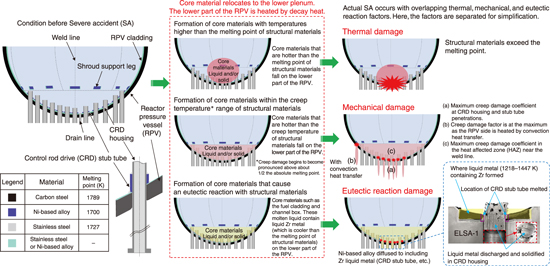
Fig.1-6 Failure mechanism at the lower part of the RPV
The decommissioning of the TEPCO’s Fukushima Daiichi NPS (1F) is in progress. Severe accident (SA) analyses, simulated tests, and internal investigation are being performed to understand the internal state of 1F. The failure mechanism of the lower part of the reactor pressure vessel (RPV) has not been clarified as yet. One reason for the lack of clarification is that most of SA analyses and simulated tests refer to a pressurized water reactor (PWR) system. The lower part of the RPV of a boiling water reactor (BWR), which is the same as the 1F, has control rod drive (CRD) rods. The failure mechanism of this system is more complicated than that in a PWR system. However, very little is known about their failure mechanism.
In collaboration with TEPCO, we examined the failure mechanism of the lower part of the RPV (Fig.1-6), taking into account the structure and material composition of the complex substructure specific to a BWR. We evaluated the transition of the core energy during an accident. In 1F Unit 2 (1F2), the core energy increased until the core slumping was small, and the core fuel did not reached the temperature at which it completely melts. It is estimated that most of the core fuel that relocated to the lower plenum was in an unmelted state. In this case, a molten pool was formed at the lower plenum because of the melting of metallic materials such as the fuel cladding, control rod, and channel box.
Under these conditions, the RPV could have been damaged by eutectic melting. In this study, we conducted the Experiment on Late In-vessel Severe Accident Phenomena (ELSA)-1, which focused on the damage caused by eutectic melting, to elucidate the failure mechanism of the lower part of the RPV in 1F2.
In this test, assuming that the core fuel relocated to the lower part of the RPV in the early phase of the accident, a test bundle simulating the lower part of the RPV was filled with metal (SUS304-83wt% Zr alloy) and heated using a graphite heater. The test bundle simulated CRD penetration with many nickel-based alloy parts, which are assumed to react with the molten metal pool materials and structural materials of a CRD. The temperature condition during the test was set based on the results of the SA analysis of 1F2.
From the test results, it was verified that depending on the melt pool conditions, the lower part of the RPV can be damaged by eutectic reaction and melting even under conditions in which thermal or creep failure does not occur. The test results indicated the possibility of the molten metal remaining in the CRD housing of 1F2.
In the future, we would like to study scenarios of failure of the lower part of the RPV under conditions involving other overlapping factors, and we would like to advance the understanding of the state of 1F for fuel debris retrieval. We also aim to summarize the knowledge that will be useful for advancing SA analysis codes.
(Takuya Yamashita)